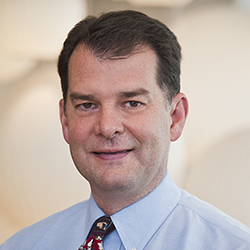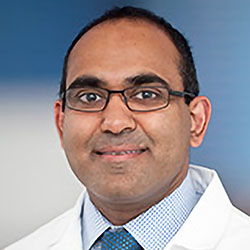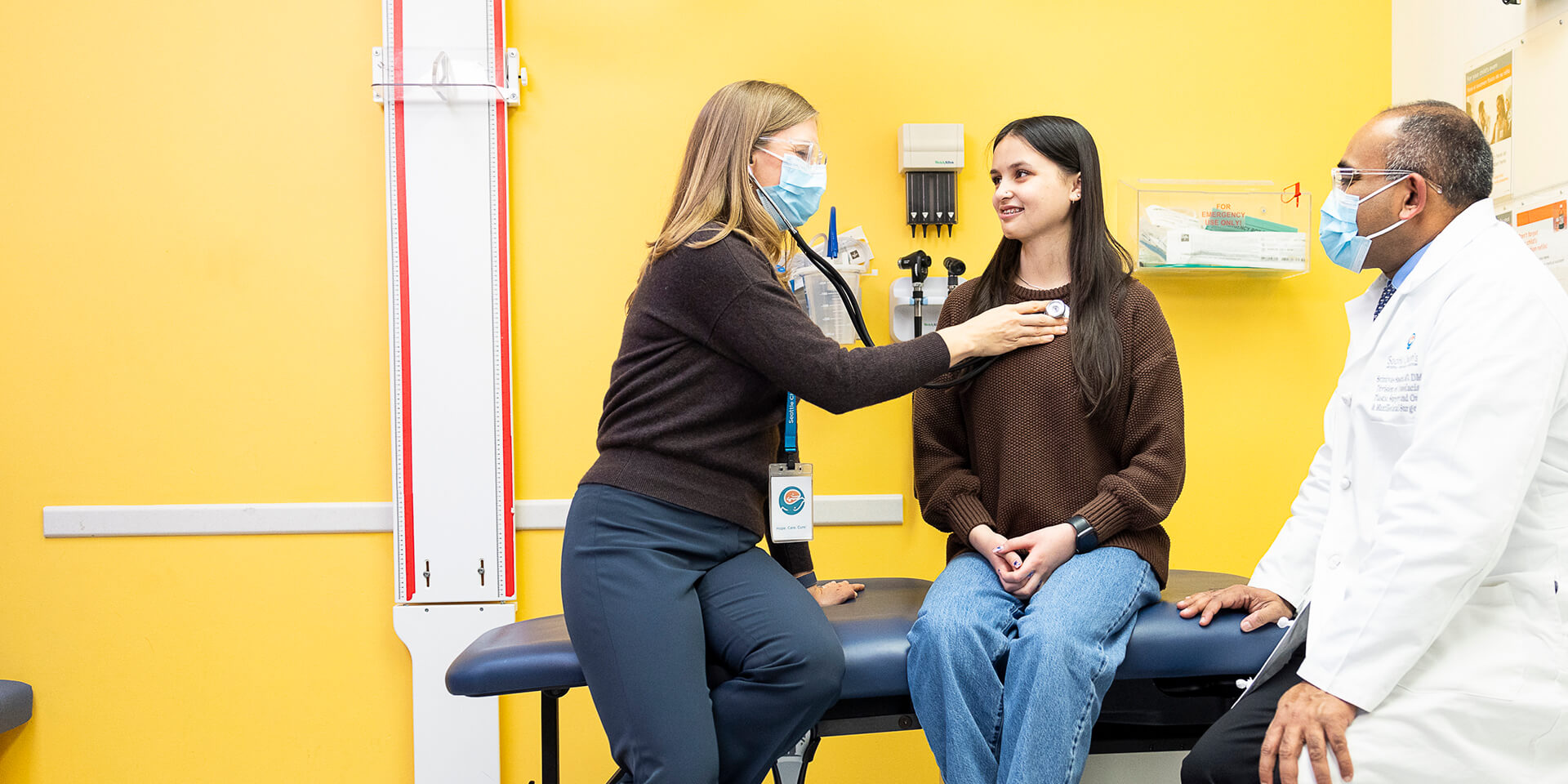
Seattle Children’s Craniofacial Center
Contact the Craniofacial Center
Caring experts with unmatched experience in treating craniofacial conditions.
When it comes to diagnosing and treating craniofacial conditions, our team is among the most experienced in the world. No matter how rare the condition or syndrome, we have likely cared for someone like your child. Research shows that experience equals better results.
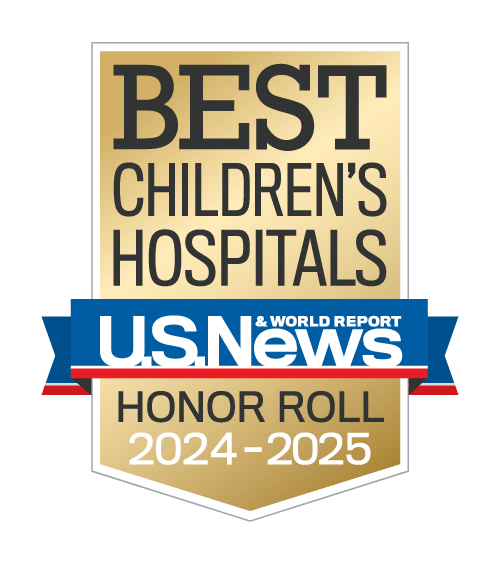
U.S. News & World Report has recognized Seattle Children’s as one of the top 10 best children’s hospitals in the United States and the best in the Pacific Northwest.
Why Choose Seattle Children’s Craniofacial Center
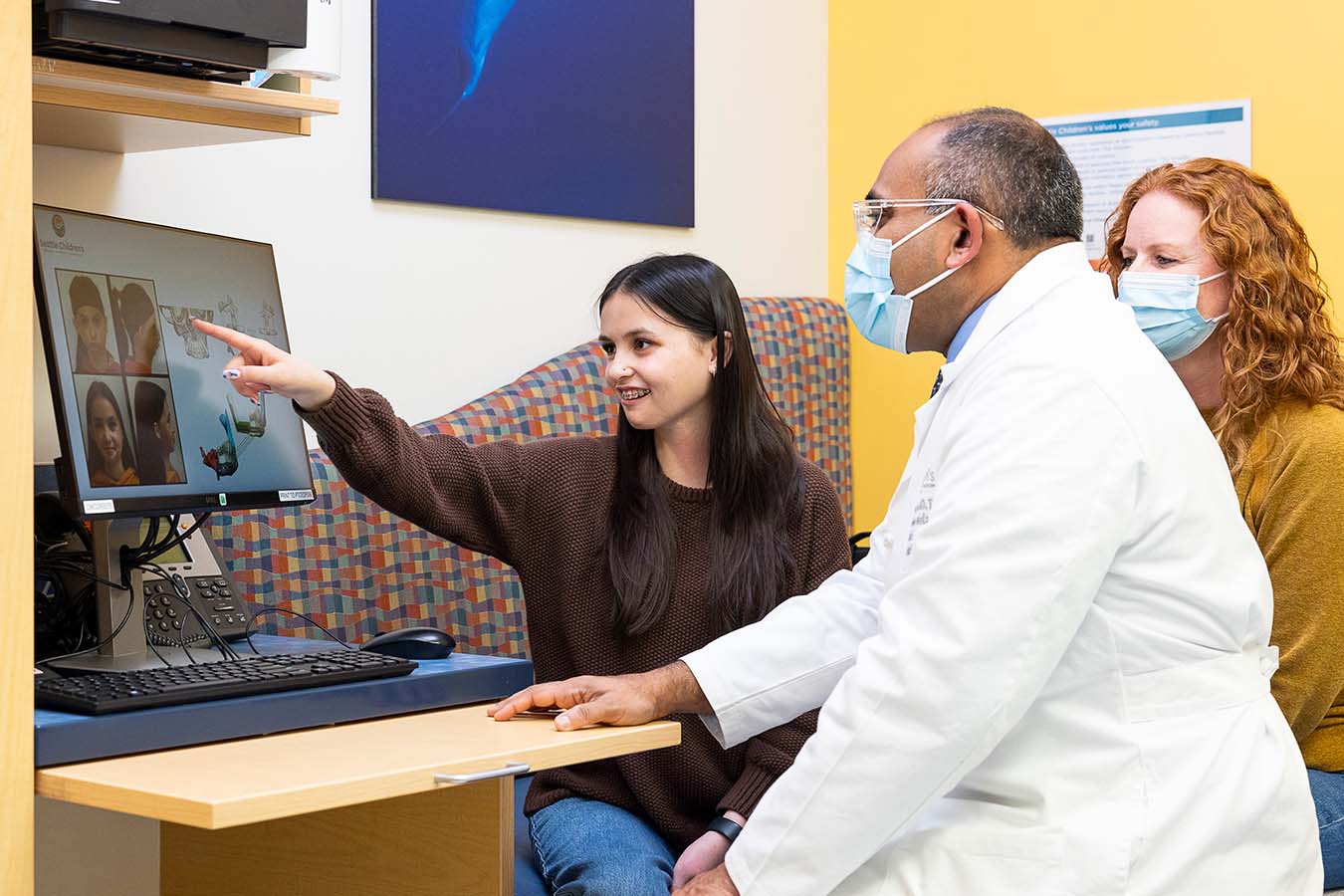
Comprehensive, team-based care
“Children with craniofacial conditions need seamless, comprehensive care from a multidisciplinary team to ensure that they receive the right interventions at the right time. We have the most experienced providers in the world, including surgeons known internationally for their expertise with complex cases, rigorous assessment of outcomes and innovative approaches. A craniofacial pediatrician will manage your child’s treatment, and a craniofacial nurse specialist, social worker and family service coordinator will ensure your child receives exemplary care.”
— Dr. Seenu Susarla, division chief, Craniofacial and Plastic Surgery
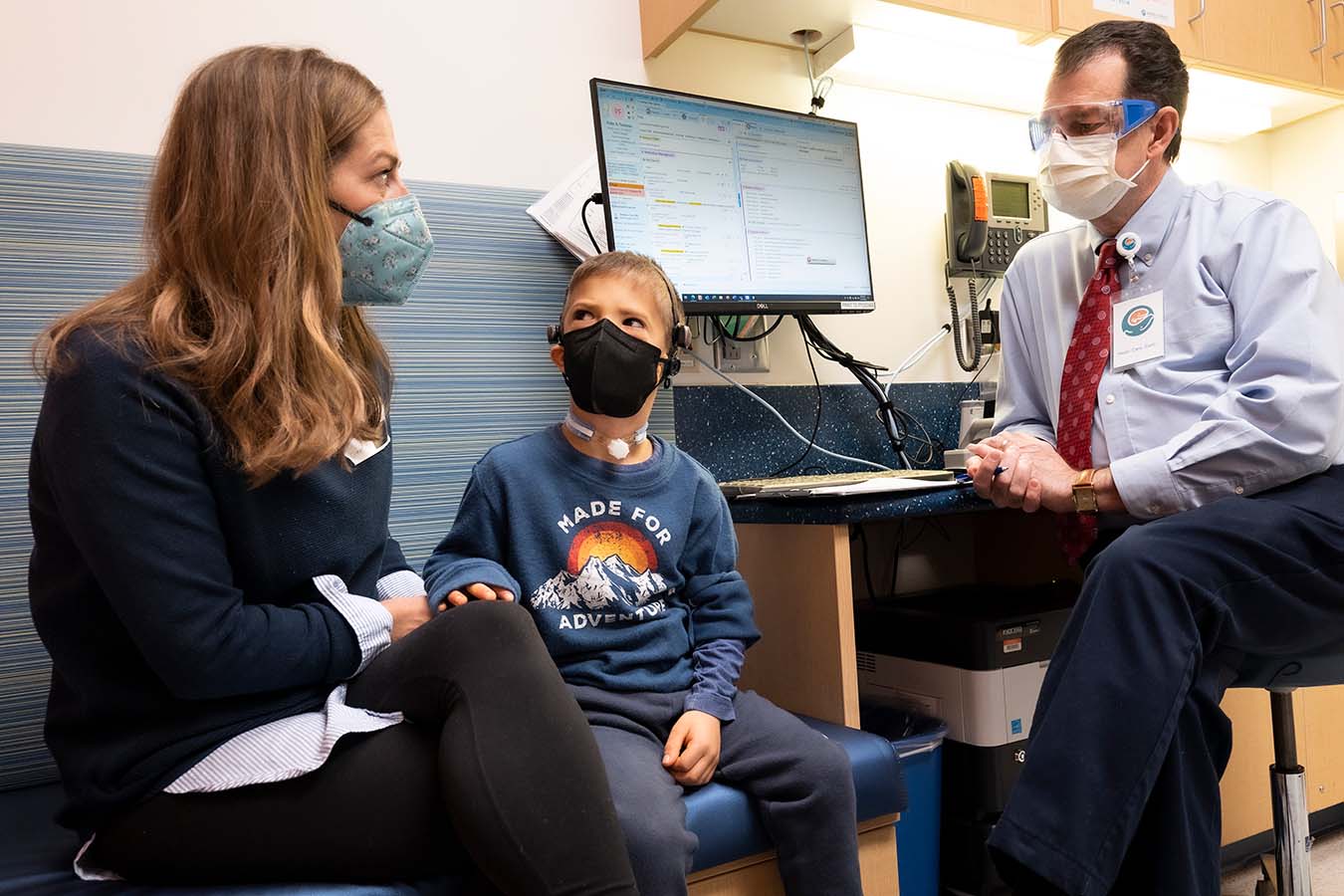
Support when you’re away from home
Whether you live nearby or are traveling far to see us, we’re here to support your family. We have decades of experience caring for children from around the Northwest and beyond. If you live outside of Alaska, Idaho, Montana or Washington, we offer dedicated support to help coordinate your visit so you can stay focused on your child — call 206-987-0184 or email us to learn more.
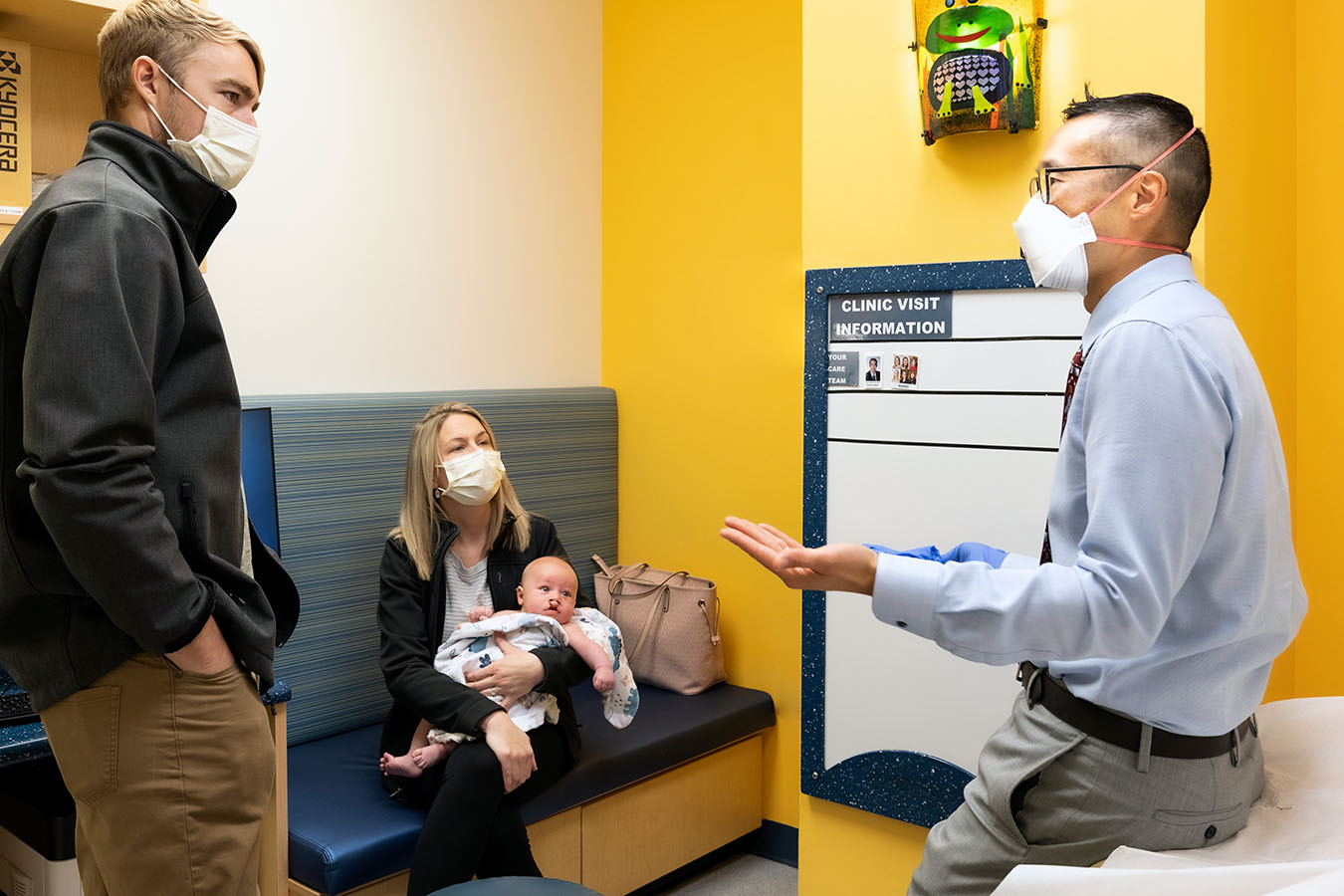
Innovative treatments for better results
We combine pediatric expertise with innovation to help children with craniofacial conditions get the most benefit from surgery and need fewer surgeries overall. Nasoalveolar molding can reshape the gums, lip and nose, reducing the number of surgeries needed for cleft lip and palate. With counterclockwise craniofacial distraction osteogenesis (C3DO), developed at Seattle Children’s, kids with Treacher Collins and other conditions can breathe without a tracheostomy for the first time. We were the first to use segmental subcranial distraction to adjust the jaw and midface for children with rare forms of craniosynostosis. Surgeons around the world use our approach.
Cleft lip and palate–related conditions
- 22q11.2-related disorders
- Branchioocularfacial syndrome
- Cleft lip and palate
- Ectrodactyly-ectodermal dysplasia-clefting syndrome
- Frontonasal dysplasia
- Holoprosencephaly
- Kabuki syndrome
- Opitz syndrome
- Oro-facial-digital syndrome
- Oto-palato-digital spectrum disorders
- Robin sequence
- Stickler syndrome
- Van der Woude syndrome
Conditions that cause very small ears or jaws
- Auriculocondylar syndrome
- Branchio-oto-renal syndrome
- CHARGE syndrome
- Craniofacial microsomia (hemifacial microsomia)
- Mandibulofacial dysostosis with microcephaly (MFDM)
- Miller syndrome
- Nager syndrome
- Townes-Brocks syndrome
- Treacher Collins syndrome
Craniosynostosis and related syndromes
Other conditions
We also treat craniofacial conditions that are not mentioned above. There are too many to list them all, but they include:
- Beckwith-Weidemann syndrome
- Blepharophimosis ptosis epicanthus inversus
- Cleidocranial dysplasia
- Fibrous dysplasia
- Moebius sequence
- Parry Romberg atrophy
- Positional plagiocephaly
Our Craniofacial Services
Our goal is to help your child live their best life. Read more about our treatments and services.
Meet Your Craniofacial Team
Seattle Children’s Craniofacial Center includes experts in every field your child might need — from craniofacial reconstructive and plastic surgery, to craniofacial pediatrics, to orthodontics. With more than 50 experts from 19 specialties, we have the largest team in the nation. Our specialists work together to create customized care plans for babies, children, teens and young adults until age 21.
Patient Success Stories
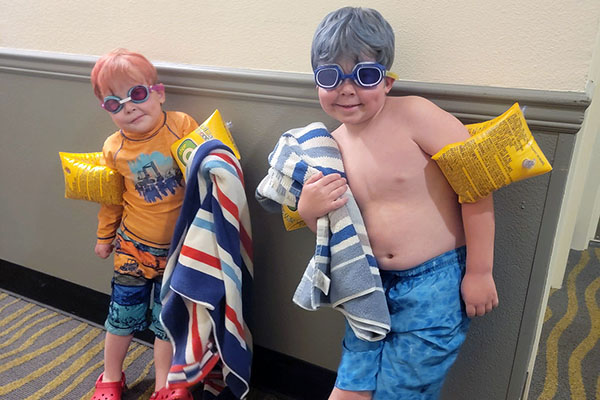
“We had such an excellent experience the first time around that we knew we wanted to do that again. We also had great results, so it was an easy choice for us. Dr. Birgfeld and Dr. Lee were so great and performed the surgery on Finnley, just like they had done on his older brother.”
— Kali, mother of Ronan and Finnley, who were both treated for craniosynostosis
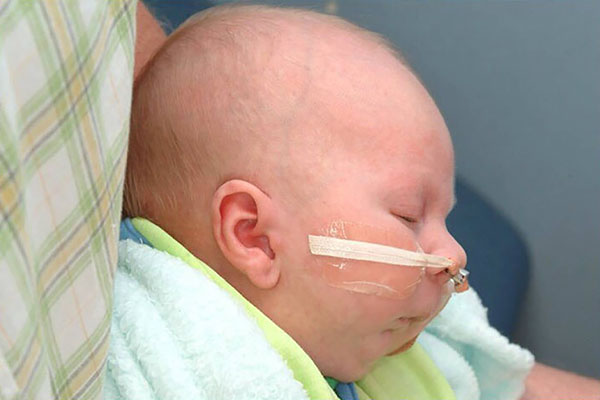
“I didn’t have a moment of fear while we were at Seattle Children’s. I knew we were in good hands. They not only took care of us in physical ways, but they also made us feel comfortable and at ease. We’ll never forget the people who cared for us.”
— Kirstin, mother of Asher, now a teenager living with Stickler syndrome
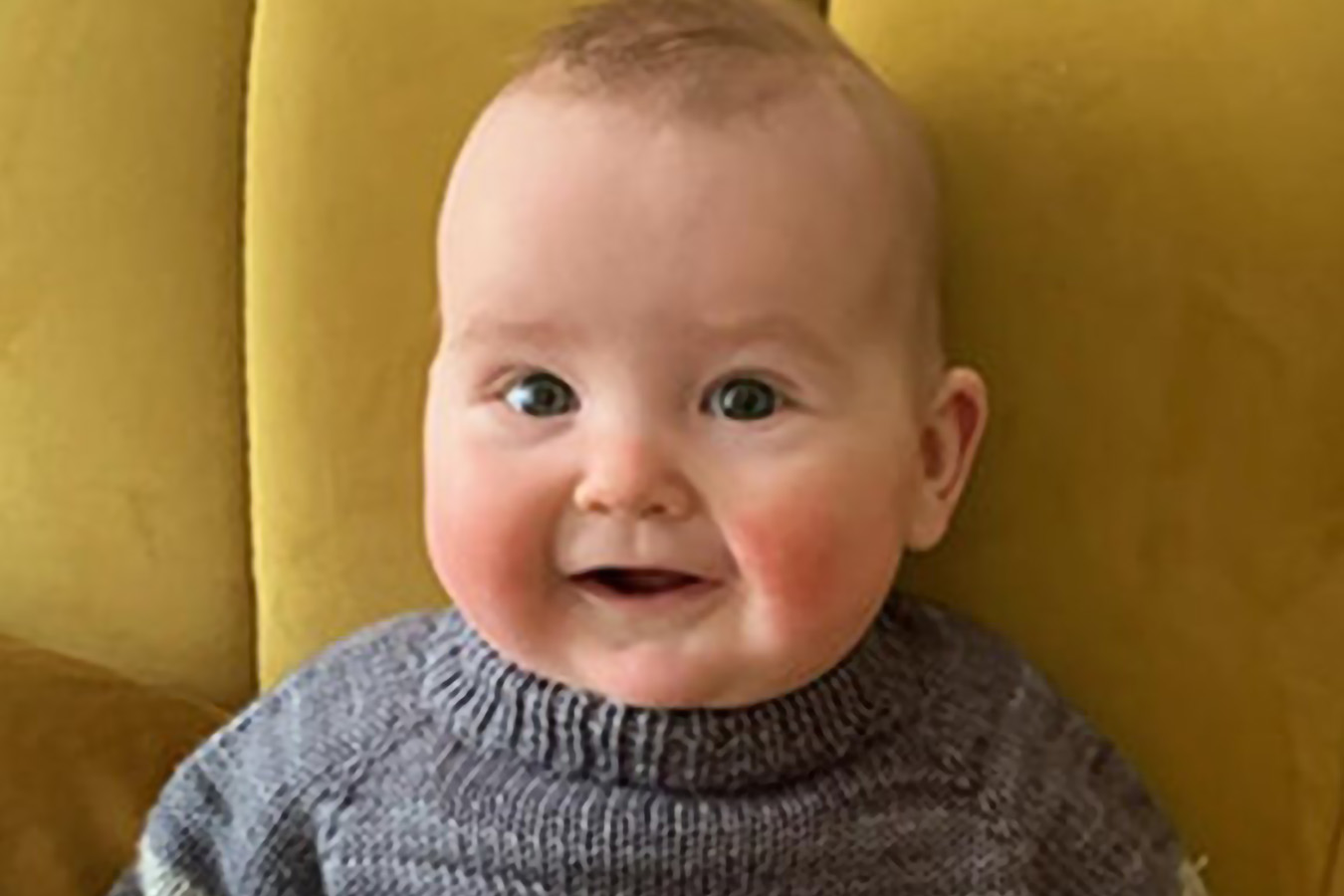
“We knew we needed to get Milo specialized care. We were like, let’s go to Seattle Children’s. OAP was relatively painless for Milo, and it didn’t really impact his ability to be a baby. We feel so lucky this was offered.”
— Katelyn, whose son had an orthodontic airway plate (OAP) as part of his care for Robin sequence
Getting Care at the Craniofacial Center
Craniofacial Center Resources
Contact Us
Contact the Craniofacial Center at 206-987-2208 for an appointment, a second opinion or more information.

